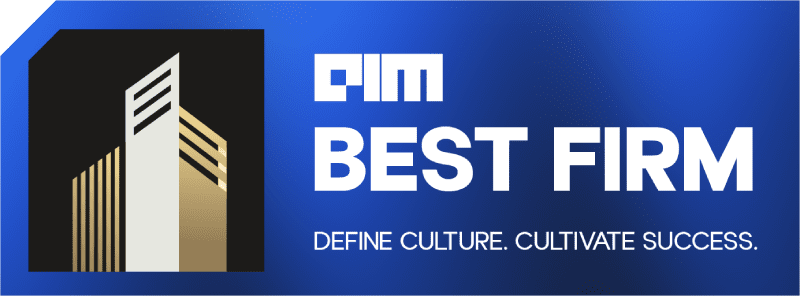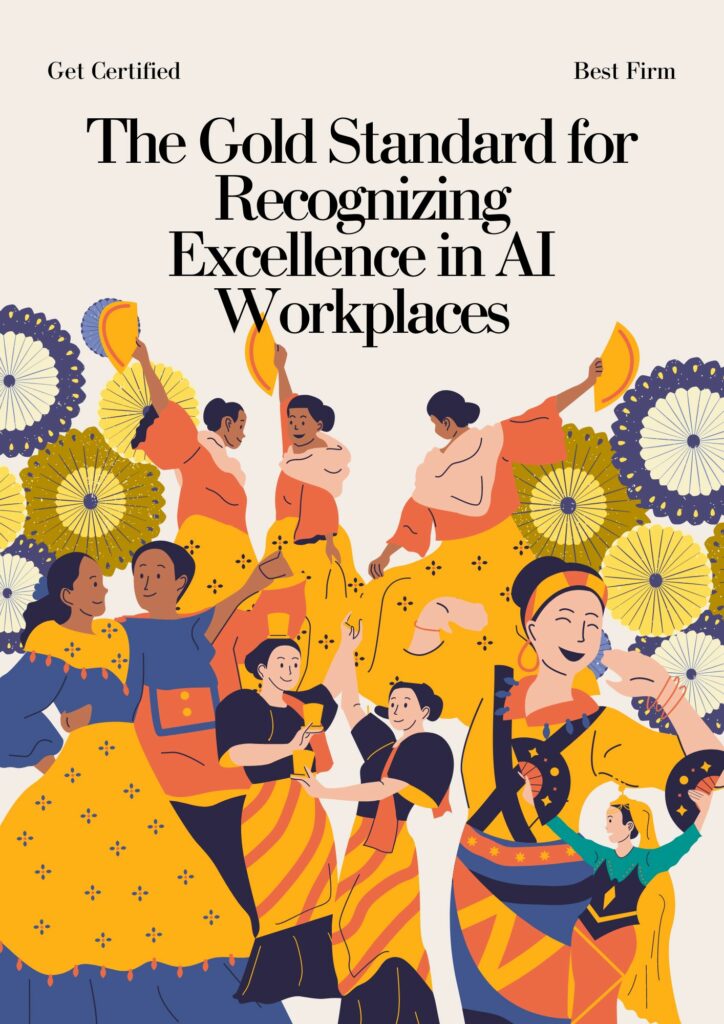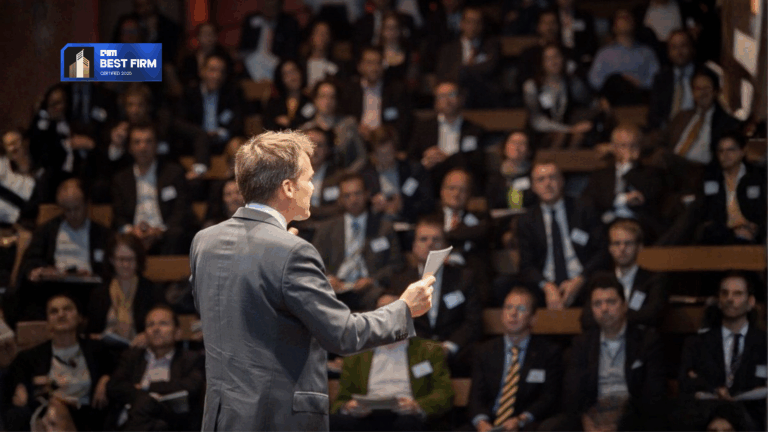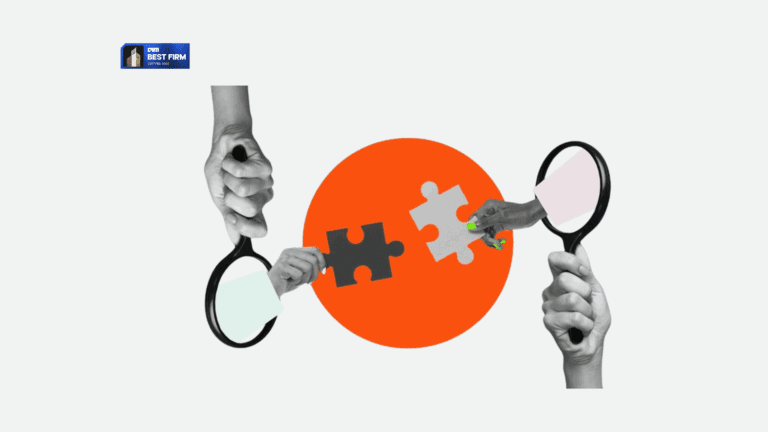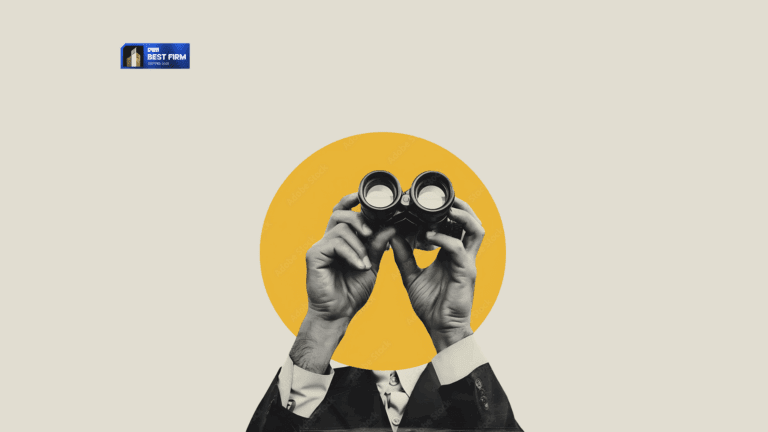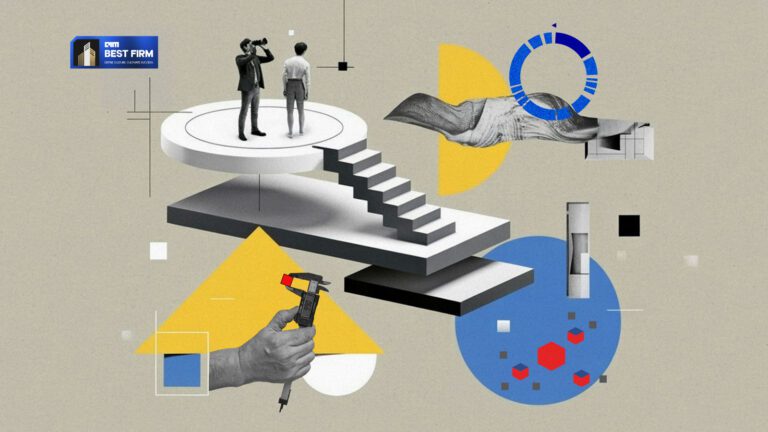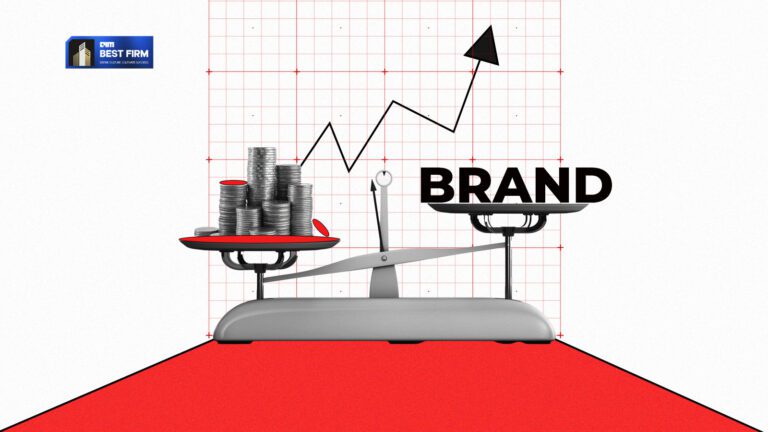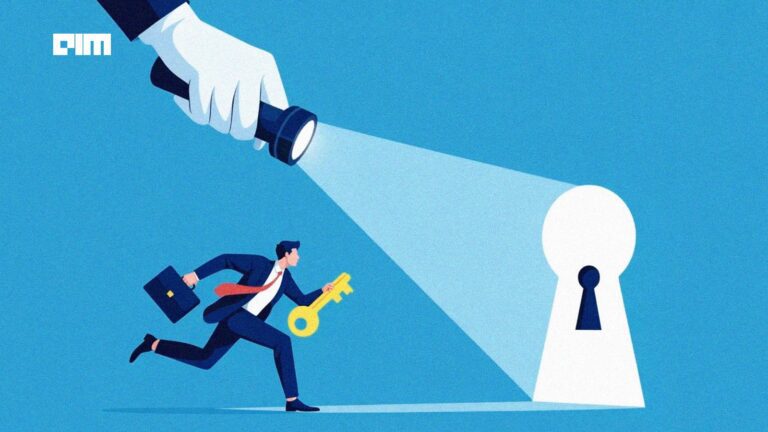Human resources is entering a defining phase in 2025. Once primarily responsible for administrative tasks, payroll, and compliance, HR has evolved into a strategic function influencing the direction and growth of organizations. The scope of HR leadership now extends far beyond traditional boundaries, encompassing technology integration, workforce design, employee engagement, and organizational culture. Companies increasingly recognize that the strength of their human capital determines competitiveness, innovation, and long-term sustainability.
The shift is driven by several factors. Advances in artificial intelligence, machine learning, and data analytics have transformed routine processes and enabled more informed decision-making. HR leaders are expected to leverage these tools to manage talent efficiently, predict workforce trends, and enhance employee experiences. At the same time, employee expectations have evolved.
The workforce of 2025 seeks personalized career development, flexible work arrangements, and opportunities for skill growth. Mental health, well-being, and meaningful engagement have become core considerations, influencing retention and productivity.
This transformation demands a human-centered approach, where technology and data are used to amplify empathy, fairness, and inclusion rather than replace them. HR leaders are increasingly adopting roles as strategists, designers, and mentors, shaping not only policies but also the culture and ethical framework of their organizations. In this new era, HR is at the heart of business evolution, bridging people and performance while redefining leadership itself.
Technology and Data at the Core of HR
The most visible transformation in HR leadership this year comes from the integration of artificial intelligence and analytics. Recruitment, performance evaluation, and workforce planning are now shaped by data systems that reduce manual work and improve accuracy.
AI tools manage resume screening, scheduling, and employee feedback analysis. Predictive analytics help identify skill shortages, future talent needs, and retention risks. Yet research cited by the Times of India shows that only a small share of companies have the infrastructure to use AI in full capacity. This has turned technological fluency into a leadership skill.
Senior HR executives are learning to interpret model outputs and question insights instead of relying solely on automated recommendations. Many companies are pairing human review with machine-driven decisions to maintain transparency and accountability. AI has become a support system for leadership judgment rather than a replacement for it.
Alongside automation, data literacy defines the new HR playbook. Workforce trends are no longer based on intuition. Leaders track productivity, engagement, and performance metrics in real time. The focus has shifted from reactive corrections to proactive planning. Decisions about promotion, pay, and role alignment depend on evidence drawn from these data ecosystems.
Personalization and Well-being at Scale
Employee expectations are reshaping how HR functions. A uniform policy no longer satisfies a multi-generational and distributed workforce. Organisations are personalizing career development, benefits, and engagement models to fit individual preferences and life stages.
AI-driven learning systems deliver training paths suited to each employee’s goals. Recognition platforms like EY GDS’s “Extraordinary You” reflect how companies now build stronger cultural alignment with younger employees. Firms are also rethinking flexibility. Initiatives such as flexible work schedules and silent hours are becoming operational standards, not perks.
Well-being has become a measurable performance factor. Mental health, rest, and financial stability are treated as core business issues. HR leaders track stress indicators, burnout rates, and absenteeism to adjust workloads and leadership expectations. Some companies use anonymized wellness data to identify early warning signs of employee disengagement.
The intent is clear: well-being and productivity are viewed as connected goals. This requires HR to design systems that respect privacy, manage data carefully, and ensure that support mechanisms reach all levels of the workforce.
Building Human-Centered Leadership
The modern HR leader operates as a strategist, technologist, and mentor. The emphasis on skills-first talent design reflects this evolution. Rather than focusing on rigid job titles, companies map their workforce by capabilities. This enables employees to transition seamlessly between roles and departments, thereby closing gaps without necessitating large-scale hiring.
Leadership development is also gaining importance. Firms are creating structured programs to train managers for cross-functional and digital roles. Hyundai’s recent partnership with IIM Tiruchirappalli and MDI Gurgaon illustrates how Indian corporates are formalizing this process.
Diversity and inclusion efforts are expanding in scope. HR leaders are building systems that promote gender balance, regional representation, and generational equity. Organisations like Avtar continue to drive programs supporting women’s workforce re-entry, showing how inclusion has become an operational necessity.
The foundation of this transformation is adaptability. HR leadership now demands continuous learning, openness to data, and an understanding of how technology shapes human behavior. Success depends on aligning efficiency with empathy.
